
Eriocnemis godini
Eriocnemis godini,Turquoise-throated Puffleg
The Turquoise-throated Puffleg (Eriocnemis godini) is a possibly extinct hum···
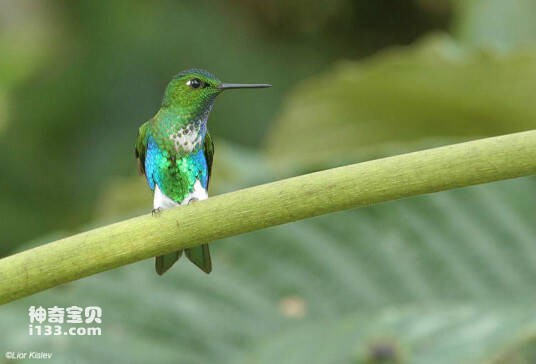
Eriocnemis glaucopoides
Eriocnemis glaucopoides,Blue-capped Puffleg
The Blue-capped Puffleg hummingbird is known as Eriocnemis glaucopoides or b···
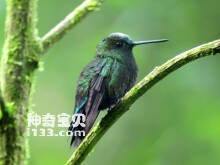
Eriocnemis derbyi
Eriocnemis derbyi,Black-thighed Puffleg
The hummingbird's scientific name is Eriocnemis derbyi, and its foreign ···
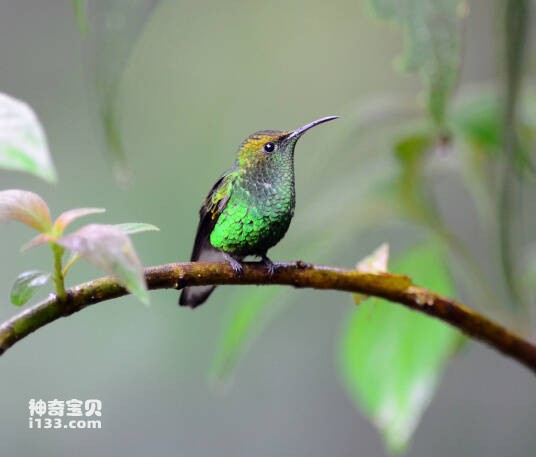
Eriocnemis cupreoventris
Eriocnemis cupreoventris,Coppery-bellied Puffleg
The coppery-bellied Puffleg hummingbird's scientific name is Eriocnemis ···
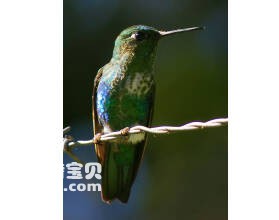
Eriocnemis alinae
Eriocnemis alinae,Emerald-bellied Puffleg
The bird's scientific name is Eriocnemis alinae and its foreign name is ···
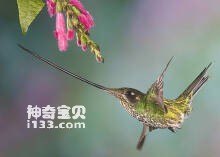
Ensifera ensifera
Ensifera ensifera,Sword-billed Hummingbird
Sword-billed Hummingbird (Ensifera ensifera) Sword-billed Hummingbird, no su···
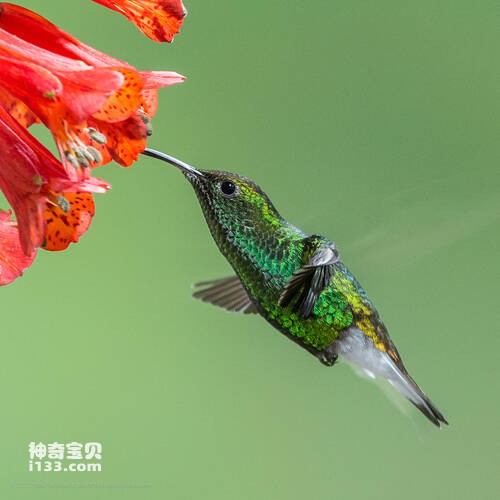
Elvira cupreiceps
Elvira cupreiceps,Coppery-headed Emerald
The Coppery-headed Emerald is known as Elvira cupreiceps and coppery -headed···

Elvira chionura
Elvira chionura,White-tailed Emerald
The White-tailed hummingbird is known as Elvira chionura and white-tailed Em···
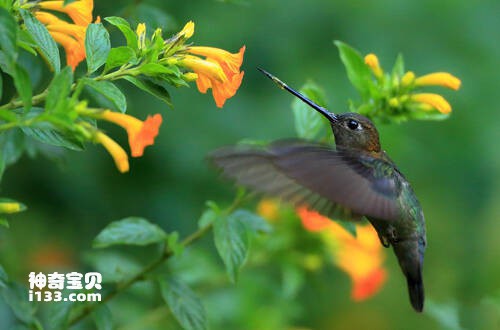
Doryfera ludoviciae
Doryfera ludoviciae,Green-fronted Lancebill
The Green-fronted hummingbird is known as Doryfera ludoviciae or green-front···
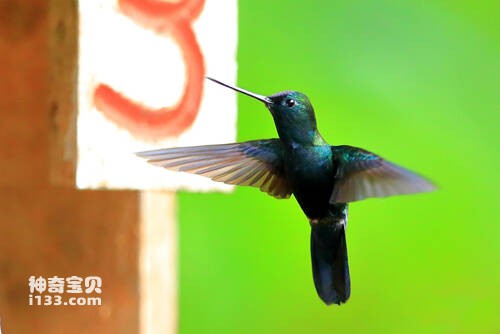
Doryfera johannae
Doryfera johannae,Blue-fronted Lancebill
The Blue-fronted Lancebill hummingbird is known as Doryfera johannae or blue···
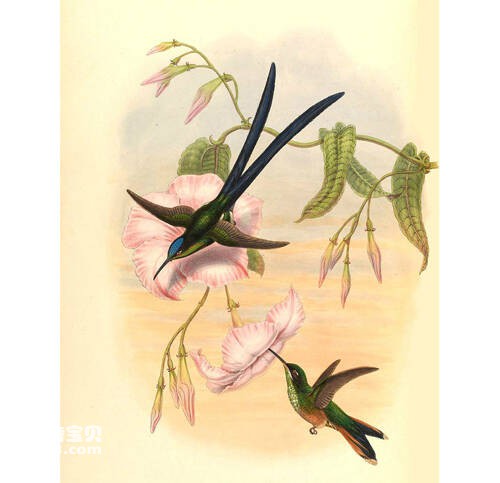
Hylonympha macrocerca
Hylonympha macrocerca,Doricha enicura,Scissor-tailed Hummingbird
The Scissor-tailed Hummingbird is Hylonympha macrocerca, Doricha enicura, an···

Doricha eliza
Doricha eliza,Mexican Sheartail
The Mexican Sheartail hummingbird is known as Doricha eliza or Mexican Shear···

Discosura longicauda
Discosura longicauda,Racquet-tailed Coquette
The fantail hummingbird is Discosura longicauda and Racquet-tailed Coquette.···
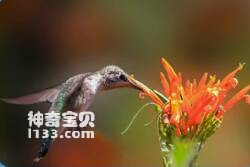
Discosura letitiae
Discosura letitiae,Coppery Thorntail
The Coppery Thorntail, coppery Discosura letitiae, is unknown.Protect wild a···

Discosura langsdorffi
Discosura langsdorffi,Black-bellied Thorntail
The Black-bellied Thorntail hummingbird is Discosura langsdorffi and black-b···
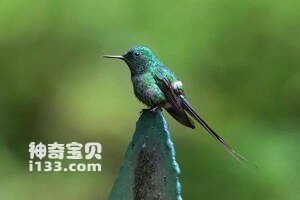
Discosura conversii
Discosura conversii,Green Thorntail
Green Thorntail hummingbird scientific name Discosura conversii, foreign nam···
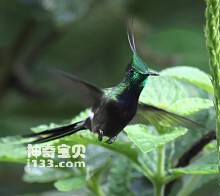
Discosura popelairii
Discosura popelairii,Wire-crested Thorntail
The hummingbird is Discosura popelairii, or Wire-crested Thorntail.Protect w···
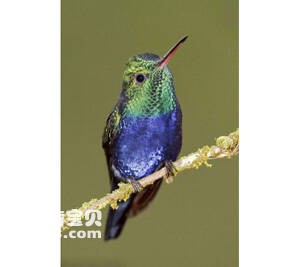
Damophila julie
Damophila julie,Violet-bellied Hummingbird
Damophila julie, Violet-bellied Hummingbird, specific habits are unknown.Pro···

Cynanthus sordidus
Cynanthus sordidus,Dusky Hummingbird
The dark broad-billed Hummingbird is known as Cynanthus sordidus and Dusky H···
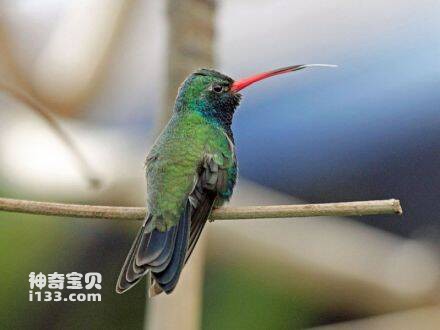
Cynanthus latirostris
Cynanthus latirostris,Broad-billed Hummingbird
Cynanthus latirostris, or Broad-billed Hummingbird, is unknown.Protect wild ···

Cynanthus bicolor
Cynanthus bicolor,Blue-headed Hummingbird
The Blue-headed Hummingbird is known as Cynanthus bicolor or blue-headed hum···
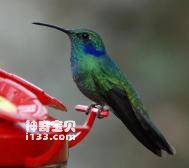
Colibri thalassinus
Colibri thalassinus,Green Violetear
The bird's scientific name is Colibri thalassinus and its foreign name i···
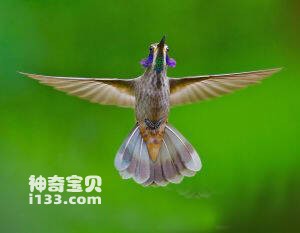
Colibri delphinae
Colibri delphinae,Brown Violetear
The Brown Violetear hummingbird is Colibri delphinae and brown violetear.Pro···
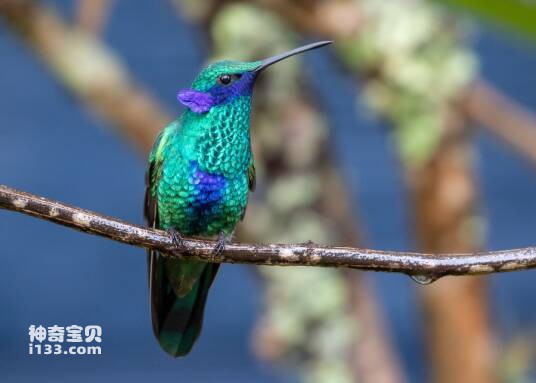
Colibri coruscans
Colibri coruscans,Sparkling Violetear
Sparkling Violetear (Colibri coruscans) is not known for its specific habits···

Colibri serrirostris
Colibri serrirostris,White-vented Violetear
The specific habits of the white-belted, purple etear hummingbird (Colibri s···
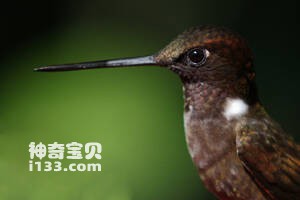
Coeligena wilsoni
Coeligena wilsoni,Brown Inca
Brown star fronted hummingbird scientific name Coeligena wilsoni, foreign na···
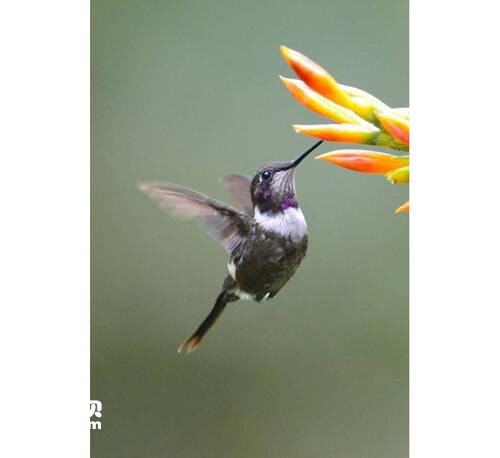
Coeligena violifer
Coeligena violifer,Violet-throated Starfronlet
The species is known as Coeligena violifer and Violet-throated Starfronlet.P···
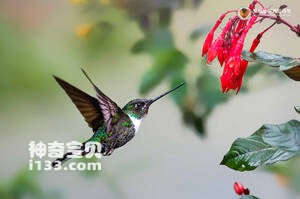
Coeligena torquata
Coeligena torquata,Collared Inca
The bird's scientific name is Coeligena torquata, and its foreign name i···
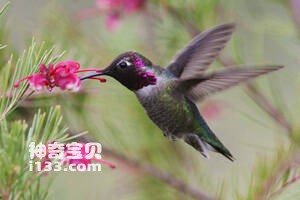
Coeligena prunellei
Coeligena prunellei,Black Inca
Black star fronted hummingbird scientific name Coeligena prunellei, foreign ···
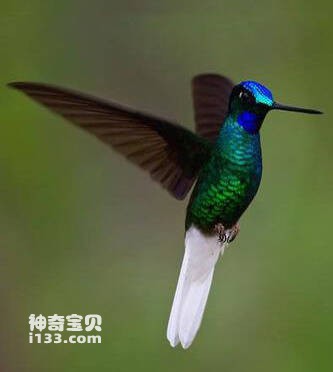
Coeligena phalerata
Coeligena phalerata,White-tailed Starfrontlet
The bird's scientific name is Coeligena phalerata, and its foreign name ···
